
The Hour of Vespers: Flight to Egypt © Jan L. Richardson
With Advent being my busiest season of the entire year, it comes as something of a comfort to me that Christmas is not just a single day: in the rhythm of the liturgical year, Christmas lasts for twelve days. There’s some variation of opinion as to when the Twelve Days of Christmas begin; some say Christmas night, others begin the count on December 26. Regardless, the season of Christmas ends with the Feast of the Epiphany on January 6. No matter how you count it, the days of Christmas invite us not to be too hasty in bringing an end to our celebration of the Incarnation. For me, this celebration includes giving my incarnated self some rest and savoring the delights that the season yet offers to us.
The Twelve Days of Christmas include several feast days that help define the season. December 26 was the Feast of St. Stephen (featured in the carol “Good King Wenceslas”), the first Christian to die for bearing witness to the one who had come as Emmanuel, God with us. Yesterday was the feast of St. John. Today, December 28, is the Feast of the Holy Innocents—the male children slaughtered by the soldiers of King Herod, as told in Matthew 2.16-18. (The Eastern Orthodox Church observes this on December 29.) This grim feast day reminds us to acknowledge the shadow side of the Christmas season: amid our celebration of the Christ who came as the light of the world, the presence of evil persists. To truly celebrate the birth of Christ means working against the forces that perpetuate suffering.
The Massacre of the Innocents appears often in medieval artwork, usually in gruesome detail and sometimes in connection with the Flight to Egypt (Mary, Joseph, and Jesus’ escape from the soldiers). The image above is from my Advent Hours series and depicts an intriguing variation on the story of the Flight to Egypt that incorporates St. Brigid, the famed Irish saint. Many ancient prayers and legends from Celtic lands refer to St. Brigid of Kildare as the foster-mother of Christ and the midwife at his birth. Even for the wonderworking Brigid, this would have been a great feat, as she was born in the fifth century. Yet in a culture in which the bond of fostering was often stronger than the bond of blood, this notion reveals something of the deep esteem that Brigid attracted, and it’s a way of describing how she helped to prepare a way for Christ as the Christian faith took root in Ireland. A particularly lovely legend tells that St. Brigid, upon seeing Herod’s soldiers enter the city to slaughter the young boys, quickly fashioned a wreath of candles. Placing it upon her head, she began to dance, distracting the soldiers and allowing the Holy Family to flee to safety.
On this feast day, Brigid’s legend and the story of the slaughter of the innocents calls me to consider what I’m doing, or need to do, to help protect those who suffer most in our world. As I rest for a bit in this Christmas season, as I linger with what the season continues to offer, how might this be a time of discernment and preparation for the work that lies ahead?
What’s stirring for you as we move through the Christmas season? What might this Twelve-Days-Feast have yet to offer you in the way of both delights and questions for your path ahead?
If you didn’t have occasion to visit The Advent Door during the past weeks, I invite you to stop by there as we move through these lingering days of Christmas. As we journey toward Epiphany, may you find in these days a continued celebration and the sustenance you need to walk in the way of Christ, the Word made flesh. Blessings and peace to you!
[To use this image, please visit this page at janrichardsonimages.com. Your use of janrichardsonimages.com helps make the ministry of The Painted Prayerbook possible. Thank you!]



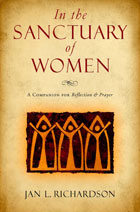

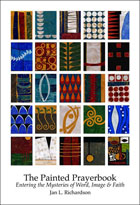
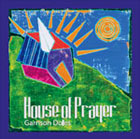


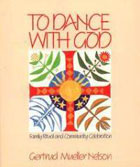


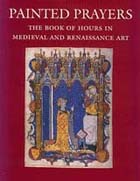
December 29, 2011 at 11:50 AM |
Thanks so much for this. I found it particularly touching. My daughter Bridget, born on Christmas day, when she was four or five, rearranged our manger so that all the figures were tightly huddled around baby Jesus. When asked she said that they were hiding him from the wicked king. Twenty years later, preaching on the feast of the Holy Innocents, I recalled this and also spoke of your mention of the legend of the dancing midwife. Blessings.
Carolyn
December 15, 2012 at 10:19 AM |
Really enjoyed reading this. Thank you.